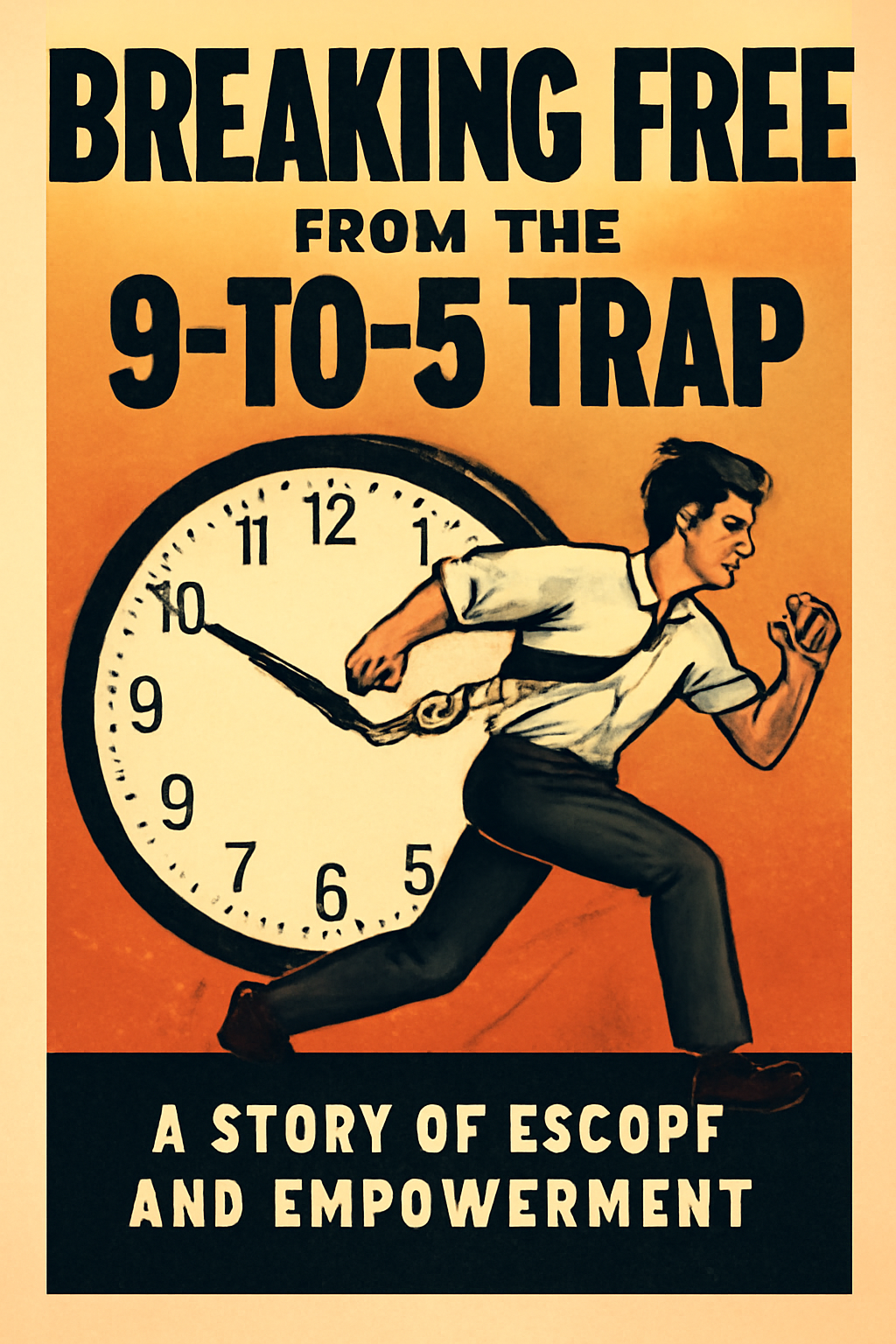Self-Improvement/Motivational
From the moment we are born, society seems to have a roadmap for us: go to school, move on to college, then university. But why do we do it? Many people say it’s all about gaining knowledge, but deep down, the truth is something different. The traditional education system and our pursuit of degrees often have little to do with actual learning.
Take, for example, a young man who is pursuing a bachelor’s degree in accounting. He doesn’t love accounting or dream of working with numbers all day; it’s simply something that’s expected of him. Maybe his family believes an accountant is a stable job, or perhaps his older siblings or acquaintances are in the same field, leading him to assume that it’s the path to success.
But education and passion often don’t align. The reality is that many of us are stuck in a cycle where the subject we study has little to do with what we genuinely love. This is the trap.
Now, let’s take a step back in time to understand where this system began. In 1945, after World War II ended, a new era began. People who had fought in the war were welcomed back as heroes, and large corporations like IBM and General Motors offered them security. “Join our company,” they promised, “and you will be part of our family. We’ll give you everything—car, home, health insurance, and a pension. You won’t have to worry.”
At first, everything seemed perfect. People went to work in the morning and returned home in the evening, enjoying the stability that corporate life provided. But as time passed, corporations realized they didn’t need to treat employees like family. There was no need for deep respect. People became disposable assets on a balance sheet. As companies grew, so did the pressure to profit more, and employees became cogs in a machine, working endlessly to generate more revenue.
This shift created what we now call “corporate culture”—a system where employees were treated as machines. The concept of a 9-to-5 job took root, and over time, this model became the norm. Today, many of us spend 8 hours a day working for someone else’s company. But who decided that 9 a.m. to 5 p.m. was the ideal workday? Why not start at 8 or noon?
In the past, people worked independently, often on farms. They set their own hours, working when needed and resting when it made sense. But the industrial revolution changed everything. With the rise of factories, we had to answer to managers, and the balance of power shifted. No longer could people work for themselves. They were now part of a system designed to maximize profit, often at the expense of their own happiness.
We call this the “modern slavery” of today’s workplace. It’s a system where people are trapped in a cycle, trading their time for money, often without any real sense of fulfillment. People work long hours for little reward, and even when their salaries increase, so do their expenses. It becomes a never-ending loop of earning just enough to cover the growing costs of life, with little left over for personal growth or freedom.
Many of us live in this trap without realizing it. We work hard to pay our bills, keep up with our peers, and maintain the facade of success. But what we don’t realize is that, for most people, there is no way out unless they take control of their own lives.
So how can we break free from this trap? First, we need to change our mindset. Instead of thinking like an employee, we need to think like an entrepreneur. We need to stop relying on a paycheck from someone else and start building something of our own.
The first step in this journey is creating a safety net—a financial cushion that can support us for at least 6 months without needing to rely on anyone else. This gives us the freedom to take risks without the constant fear of failure. Once we have this safety net, we can start exploring opportunities outside the traditional 9-to-5 job.
Second, we need to stop waiting for permission. Don’t let others tell you that it’s not the right time to start something new. If you believe in your idea, go for it. Start small, take logical risks, and don’t be afraid to fail. Over time, these small steps will add up to something big.
Finally, we need to take action. It’s easy to get stuck in a routine, but the only way to change your life is by making bold decisions and following through. You may not have all the answers, but if you don’t take action, you’ll never know what could have been.
The 9-to-5 life is a trap that many people unknowingly fall into. But it doesn’t have to be the end of the story. With the right mindset, a bit of courage, and a plan to escape, you can take control of your own future and create a life that works for you.
So, are you ready to break free from the trap? The choice is yours

Leave a Reply